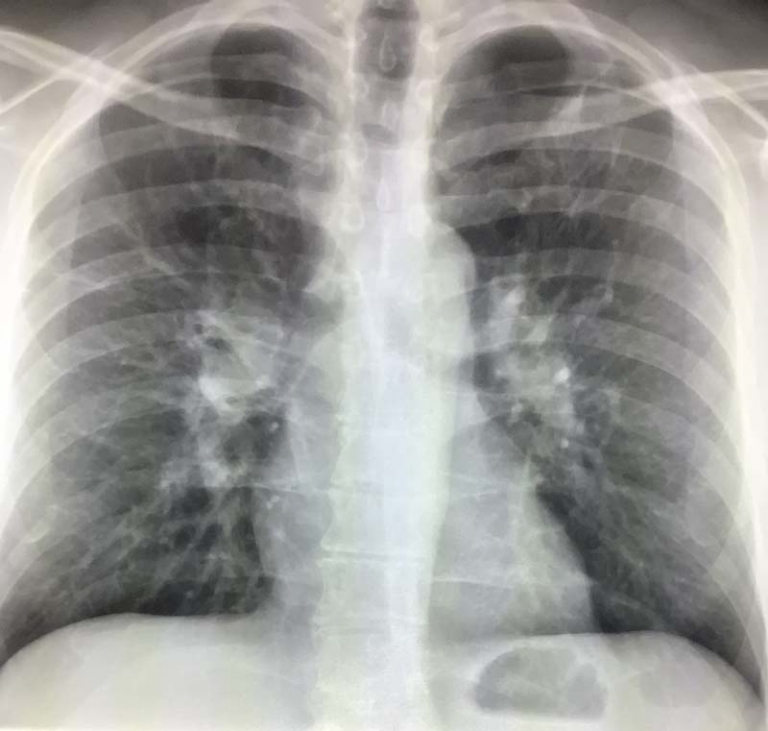Cardiac Cirrhosis
Cardiac cirrhosis is a condition that arises from chronic heart failure, where the liver suffers damage due to poor blood flow. This article discusses the causes, symptoms, diagnosis, and treatment options for cardiac cirrhosis, offering essential insights for patients and caregivers alike.
What is Cardiac Cirrhosis?
Cardiac cirrhosis, also known as congestive hepatopathy, is a liver disorder caused by long-term, severe heart failure. The heart’s inability to pump efficiently leads to blood backing up into the liver, causing congestion and, over time, liver damage. Understanding this condition is crucial for managing its effects and improving quality of life.
Causes and Risk Factors
The primary cause of cardiac cirrhosis is chronic heart failure, especially right-sided heart failure. Conditions that contribute to heart failure, such as coronary artery disease, hypertension, and valvular heart disease, indirectly increase the risk of developing cardiac cirrhosis. Identifying and managing these risk factors early can help prevent or mitigate liver damage.
Recognizing the Symptoms
Symptoms of cardiac cirrhosis may be subtle at first but can become more pronounced as the condition progresses. Common signs include fatigue, weakness, abdominal swelling (ascites), and jaundice (yellowing of the skin and eyes). These symptoms reflect the liver’s impaired function and the body’s struggle to manage fluid balance.
Diagnosis: Steps and Techniques
Diagnosing cardiac cirrhosis involves a combination of medical history, physical examinations, and diagnostic tests. Doctors often use blood tests to assess liver function, imaging tests like ultrasound or CT scans to visualize the liver’s structure, and sometimes a liver biopsy to examine tissue damage. Early diagnosis is key to managing the condition effectively.
Treatment and Management Options
While there is no cure for cardiac cirrhosis, treatment focuses on managing heart failure and minimizing liver damage. Medications to improve heart function, dietary changes to reduce fluid retention, and, in severe cases, procedures to remove excess fluid or transplant may be recommended. Lifestyle modifications, including reducing sodium intake and avoiding alcohol, play a crucial role in treatment.
The Importance of Early Intervention
Early intervention can significantly impact the management of cardiac cirrhosis. Recognizing symptoms early and seeking prompt medical attention can prevent further liver damage and improve overall health outcomes. Regular follow-ups with healthcare providers are essential for monitoring the condition and adjusting treatment as necessary.
Coping Strategies for Patients and Families
Living with cardiac cirrhosis requires adjustments to daily life and routines. Support from healthcare professionals, including dietitians and physical therapists, can help manage symptoms and improve quality of life. Emotional and psychological support for patients and their families is also crucial in coping with the challenges of chronic illness.
Conclusion
Cardiac cirrhosis is a serious condition that demands awareness and proactive management. Understanding the causes, recognizing the symptoms, and adhering to treatment plans are vital steps in living with this condition.
FAQ
**Q: Can cardiac cirrhosis be reversed?**
A: While the damage to the liver caused by cardiac cirrhosis cannot be completely reversed, managing heart failure and adopting a healthy lifestyle can halt the progression of liver damage and improve some symptoms.
**Q: Is cardiac cirrhosis common?**
A: Cardiac cirrhosis is less common than other types of liver disease, such as alcoholic or viral hepatitis, but it is a significant complication of chronic heart failure.
**Q: How can I reduce my risk of developing cardiac cirrhosis?**
A: Managing heart health, including controlling blood pressure, maintaining a healthy weight, and avoiding excessive alcohol consumption, can reduce the risk of developing heart failure and, subsequently, cardiac cirrhosis.
Understanding cardiac cirrhosis is essential for those affected by chronic heart failure. Through early detection, appropriate treatment, and supportive care, individuals can manage their symptoms and maintain their quality of life.

